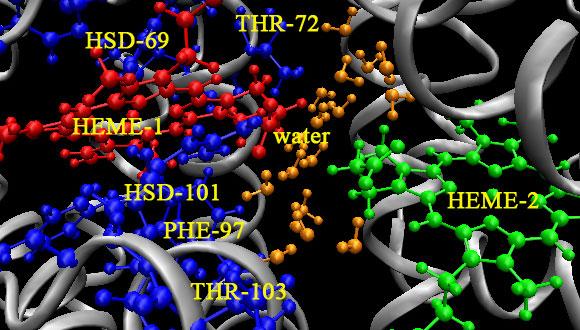סמינר בכימיה פיזיקלית: Nanoporous membranes from “hairy” nanoparticles
Ilya Zharov, Department of Chemistry, University of Utah
Abstract:
We develop new methods for the preparation of nanoporous membranes using polymer brush nanoparticles. These methods include (1) self-assembly of inorganic nanoparticles followed by surface modification of the nanopores inside the resulting colloidal arrays with polymer brushes, and (2) self-assembly of polymer brush nanoparticles (“hairy” nanoparticles, HNPs) into nanoporous membranes. We design our membranes with molecular and ionic transport controlled by the pore size, polymer structure and environmental conditions. Our approach provides novel types of functional membrane materials with potential applications in separations, fuel cells and lithium batteries.
To illustrate these concepts, I will describe the preparation and properties of several membranes, including temperature-gated silica membranes pore-filled with poly(N-isopropylacrylamide) brushes, proton conducting silica membranes pore-filled with poly(3-sulfopropylmethacrylate) brushes, and ultrafiltration membranes reversibly assembled from HNPs. The latter membranes will include those made of HNPs carrying acidic and basic groups, membranes in which the grafted polymer brushes have neutral groups, and membranes grafted with negatively charged polymer brushes. Depending on the HNP type the membranes are stable in organic solvents but disassemble in water, or stable in water but disassemble in organic solvents and are size-selective. When negatively charged groups are introduced to the side chains of the polymer brushes, the corresponding membranes a capable charge rejection. I will describe the different mechanisms of transport selectivity in nanoporous HNP membranes as well as the nanoparticle interactions in these materials that lead to their formation and stability.
מארגני הסמינר: ד"ר שרלי פליישר וד"ר טל שוורץ


